BoE Deputy Governor Jon Cunliffe said at a web event, “There’s a long tail of retail investors who have invested in cryptoassets. Do they all understand what they’ve invested in? I think not. For that long tail of retail investors, I’m not sure they do understand. They don’t really see this as a financial investment.”
“There’s no intrinsic value around crypto assets,” Cunliffe said. “They move with sentiment. They’re being moved mainly as a risky asset, and prices have been going down pretty consistently.”
“If you have that as a proportion of your portfolio, you have to realize it is highly speculative,” Cunliffe said. “You could lose all your money. You could make a sizable capital gain. It’s important for investors to understand the characteristics of this investment.”




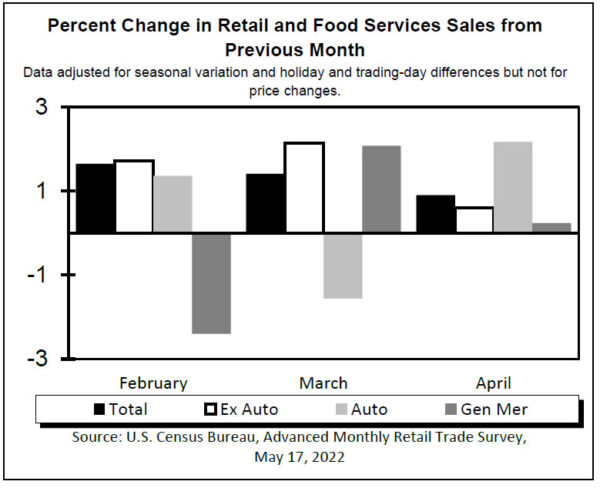
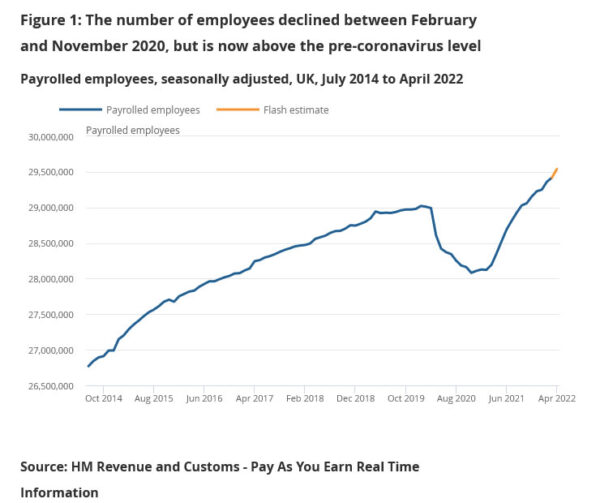
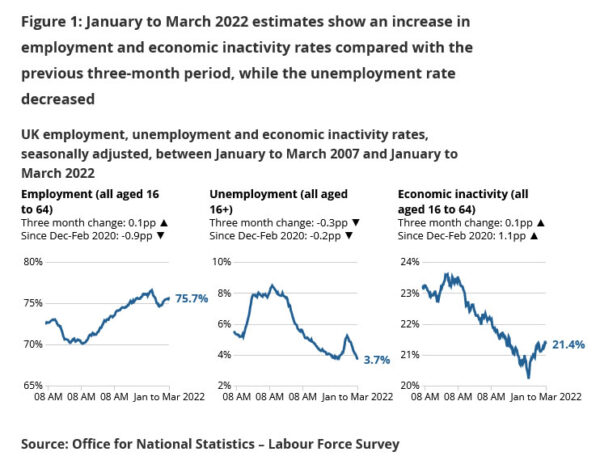
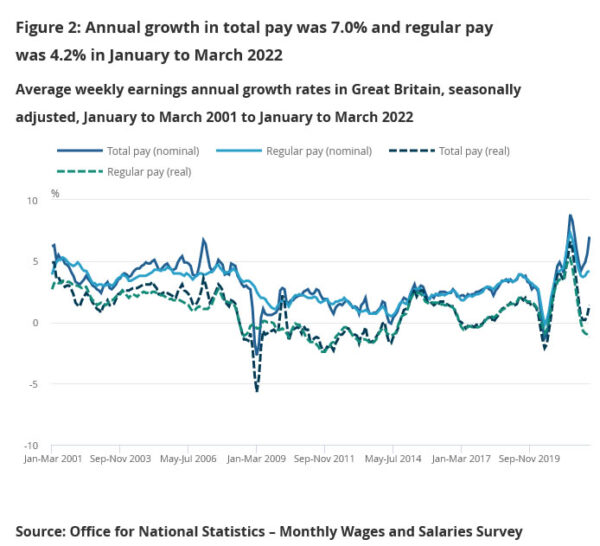
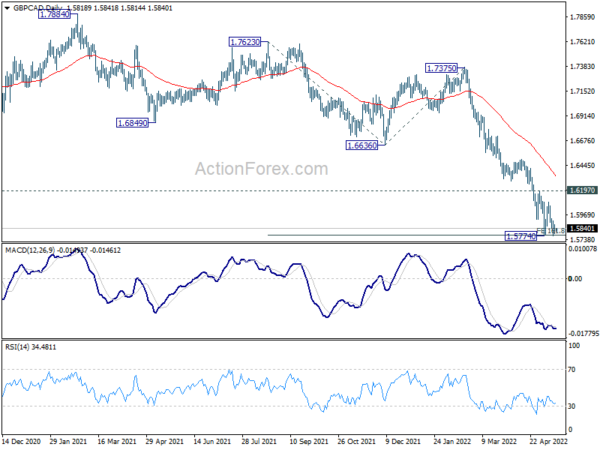
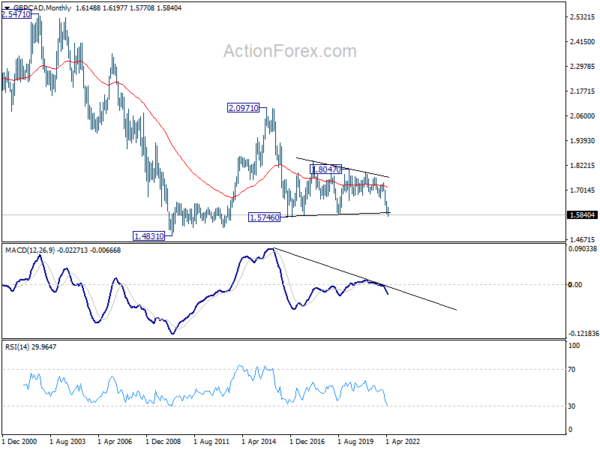
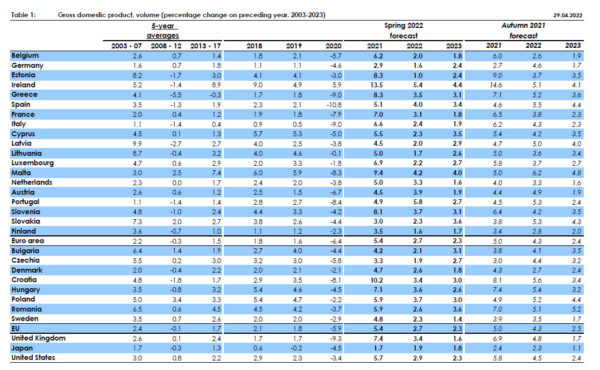
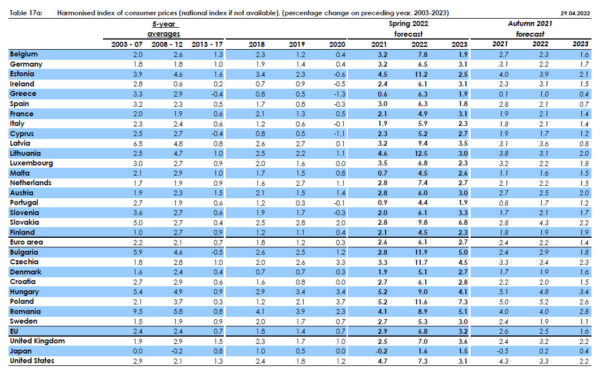
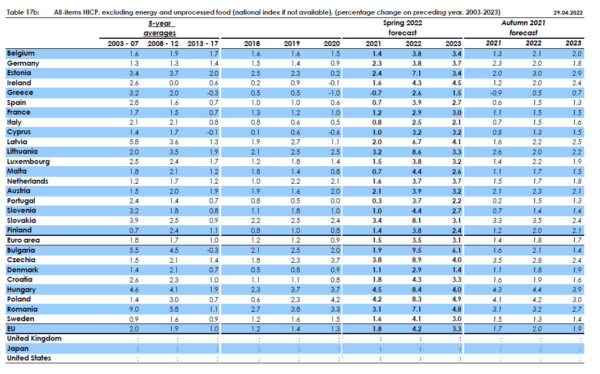
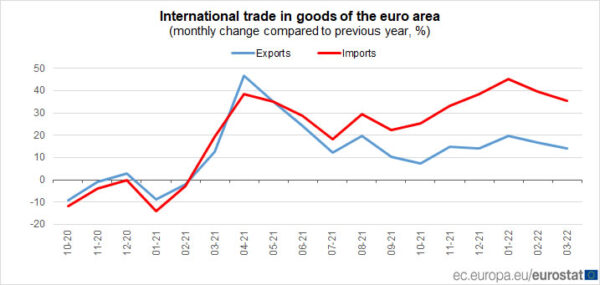
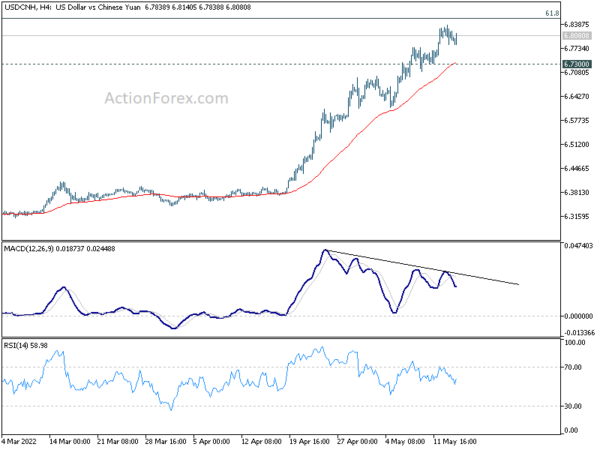
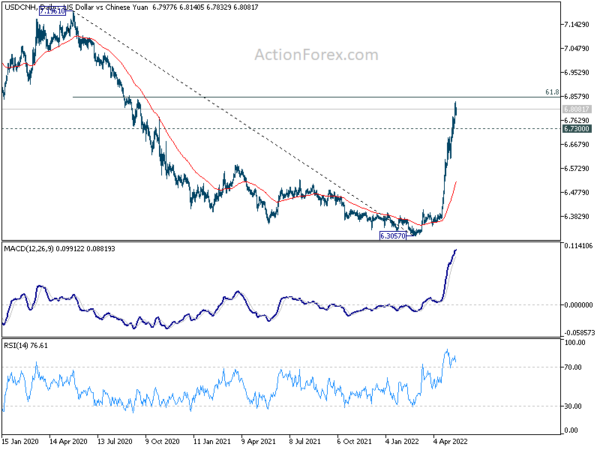
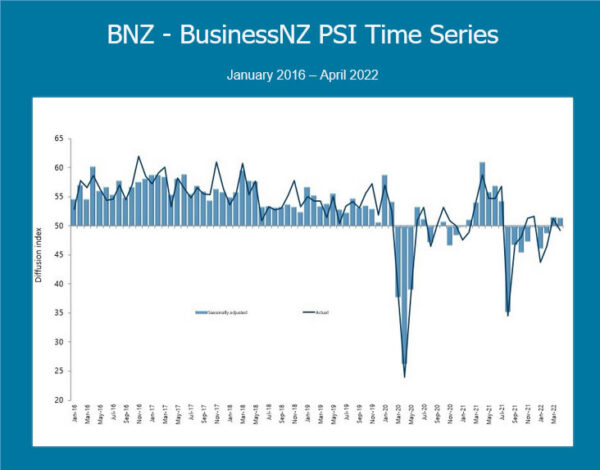
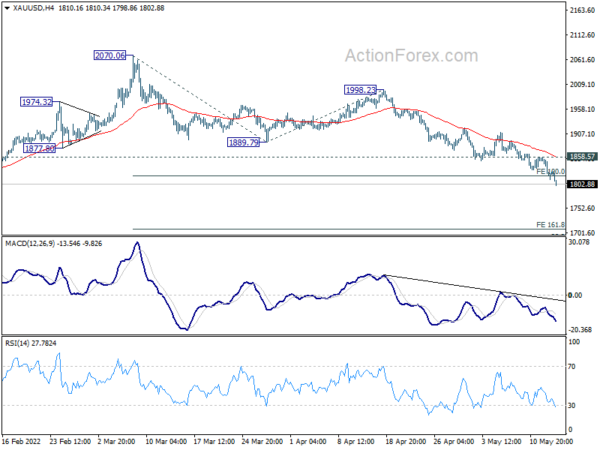
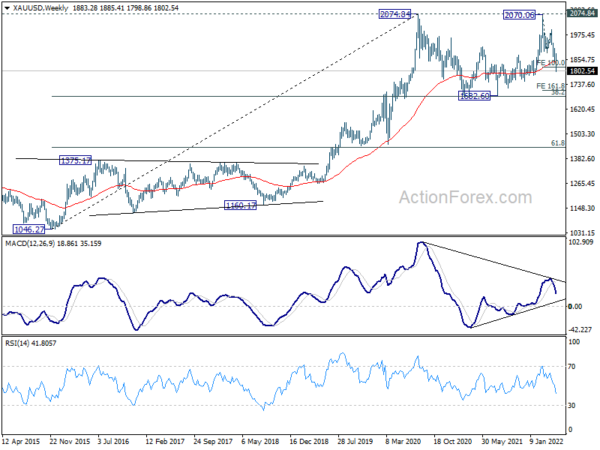

Fed Evans expects completing any 50bps, plus some 25bps this year
Chicago Fed President Charles Evans said, “front-loading is important to speed up the necessary tightening of financial conditions, as well as for demonstrating our commitment to restrain inflation, thus helping to keep inflationary expectations in check.”
As for the pace of tightening, he said, “I’m expecting that before December, we will have completed in any 50s and have put in place at least a few 25s.”
“If we need to, we will be well positioned to respond more aggressively if inflation conditions do not improve sufficiently or, alternatively, to scale back planned adjustments if economic conditions soften in a way that threatens our employment mandate,” Evans explained.